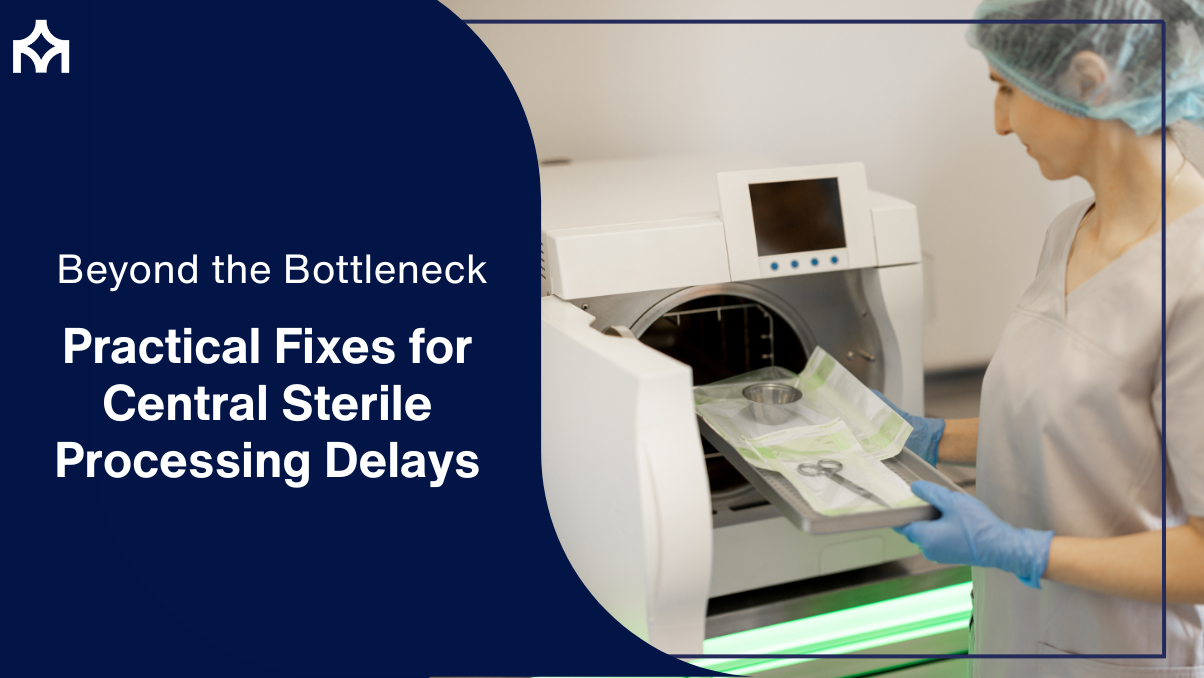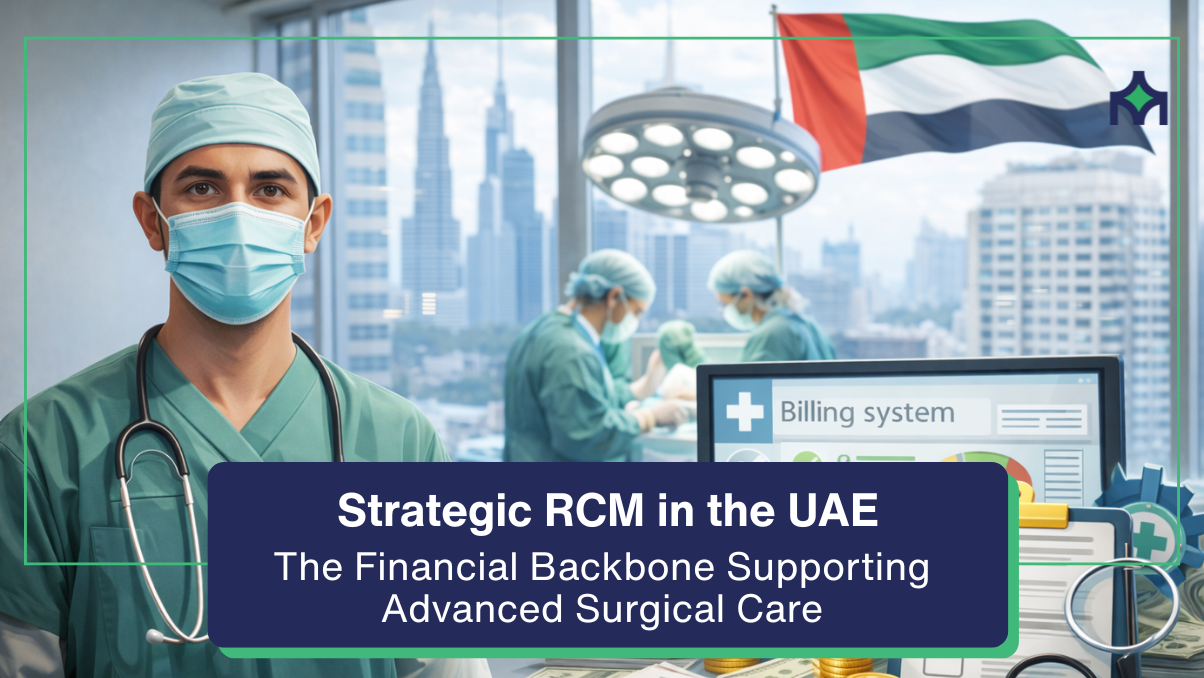Beyond the Bottleneck: Practical Fixes for Central Sterile Processing Delays
Beyond the Bottleneck: Practical Fixes for Central Sterile Processing Delays
In every hospital, Central Sterile Processing (CSP) is the invisible backbone of safe surgical care. It’s where instruments are cleaned, sterilized, and readied for the next procedure. Yet, despite its critical role, CSP is often under-resourced and overwhelmed, creating delays that ripple through operating rooms, extend patient wait times, and even jeopardize safety. As Modality Global Advisors prepares to host a webinar Fixing Central Sterile Processing – Real Operational Solutions You Can Implement, it’s clear that addressing CSP bottlenecks is no longer optional; it's essential for hospitals striving to improve efficiency, safety, and patient outcomes.
The Hidden Cost of Delays
CSP challenges have tangible consequences. A study published in the American Journal of Infection Control found that up to 25% of surgical site infections are linked to instrument reprocessing failures. Beyond clinical risks, delays cost hospitals money: the Association of periOperative Registered Nurses (AORN) estimates that OR downtime costs $20–$80 per minute, depending on the facility. When CSP struggles, the operating room pays the price.
Why Bottlenecks Happen
Several factors fuel CSP inefficiencies:
- Staffing shortages: Nearly 40% of sterile processing departments report vacancies (Healthcare Purchasing News, 2024).
- High instrument demand: Complex surgeries require hundreds of instruments, many of which must be sterilized multiple times a day.
- Outdated workflows: Manual tracking systems and fragmented communication slow turnaround times.
- Compliance pressures: Increasing regulatory requirements mean more documentation and audits, further straining staff.
Practical Fixes Hospitals Can Implement
-
Invest in Workforce Development
CSP technicians are often under-recognized despite their expertise. Providing structured training, certification opportunities, and career pathways not only improves morale but also reduces errors. Hospitals that invested in certification programs saw a 23% decrease in reprocessing mistakes (IAHCSMM, 2023). -
Adopt Digital Tracking Systems
RFID tagging and instrument-tracking software can replace manual logs, ensuring instruments are accounted for in real time. These systems reduce lost instruments and streamline communication between CSP and OR teams. -
Redesign Workflows
Applying Lean and Six Sigma principles to CSP can cut waste and increase throughput. For example, reorganizing workspace layouts and standardizing trays has helped some hospitals reduce turnaround times by up to 30%. -
Cross-Department Collaboration
Surgeons, nurses, and CSP teams must work in sync. Regular huddles, shared dashboards, and real-time updates bridge communication gaps and reduce last-minute surprises in the OR. -
Leverage Automation
From automated washers to AI-driven scheduling, technology is playing a growing role in sterile processing. Early adopters report significant efficiency gains and fewer human errors.
Summary
Central Sterile Processing may not get the same spotlight as the operating room, but it is just as critical. By tackling bottlenecks with practical, scalable solutions, training staff, digitizing workflows, redesigning processes, and fostering collaboration hospitals can transform CSP from a chronic headache into a driver of safer, more efficient surgical care. As we prepare for our upcoming webinar, the key question is clear: Are we investing enough in the systems behind the scalpel? Because the quality of surgical care tomorrow depends on the reliability of sterile processing today.






